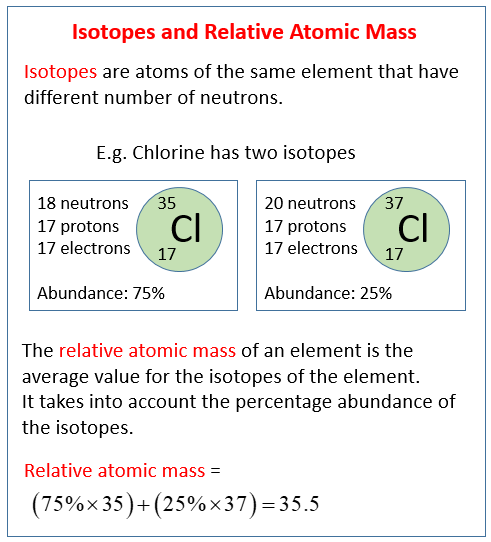How to Write the Electron Configuration for Chlorine (Cl) In order to write the Chlorine electron configuration we first need to know the number of electrons for the Cl atom (there are 17 electrons). When we write the configuration we'll put all 17 electrons in orbitals around the nucleus of the Chlorine atom.
How to Write the Electron Configuration for Chlorine (Cl) In order to write the Chlorine electron configuration we first need to know the number of electrons for the Cl atom (there are 17 electrons). When we write the configuration we'll put all 17 electrons in orbitals around the nucleus of the Chlorine. Atomic number is the number of protons in the nucleus. Atomic number of Cl is 17. In case of Cl-: There is one more electron in the shell due to which charge on chlorine is negative and it now called as ion. Chlorine is a chemical element with atomic number 17 which means there are 17 protons and 17 electrons in the atomic structure. The chemical symbol for Chlorine is Cl. The atom consist of a small but massive nucleus surrounded by a cloud of rapidly moving electrons. The nucleus is composed of protons and neutrons. Atomic Number: 17: Atomic Radius: 175 pm (Van der Waals) Atomic Symbol: Cl: Melting Point:-101.5 °C: Atomic Weight: 35.45: Boiling Point:-34.04 °C: Electron.
Molar mass of KCl = 74.5513 g/mol
This compound is also known as Potassium Chloride.

Convert grams KCl to moles or moles KCl to grams
Molecular weight calculation:
39.0983 + 35.453
| Symbol | # of Atoms | Chlorine | Cl | 35.453 | 1 | 47.555% | |
| Potassium | K | 39.0983 | 1 | 52.445% |
In chemistry, the formula weight is a quantity computed by multiplying the atomic weight (in atomic mass units) of each element in a chemical formula by the number of atoms of that element present in the formula, then adding all of these products together.
Formula weights are especially useful in determining the relative weights of reagents and products in a chemical reaction. These relative weights computed from the chemical equation are sometimes called equation weights.

Using the chemical formula of the compound and the periodic table of elements, we can add up the atomic weights and calculate molecular weight of the substance.
A common request on this site is to convert grams to moles. To complete this calculation, you have to know what substance you are trying to convert. The reason is that the molar mass of the substance affects the conversion. This site explains how to find molar mass.
Finding molar mass starts with units of grams per mole (g/mol). When calculating molecular weight of a chemical compound, it tells us how many grams are in one mole of that substance. The formula weight is simply the weight in atomic mass units of all the atoms in a given formula.
Atomic Number Of Chlorine 35
The atomic weights used on this site come from NIST, the National Institute of Standards and Technology. We use the most common isotopes. This is how to calculate molar mass (average molecular weight), which is based on isotropically weighted averages. This is not the same as molecular mass, which is the mass of a single molecule of well-defined isotopes. For bulk stoichiometric calculations, we are usually determining molar mass, which may also be called standard atomic weight or average atomic mass.
Atomic Number And Mass Number Worksheet
If the formula used in calculating molar mass is the molecular formula, the formula weight computed is the molecular weight. The percentage by weight of any atom or group of atoms in a compound can be computed by dividing the total weight of the atom (or group of atoms) in the formula by the formula weight and multiplying by 100.
